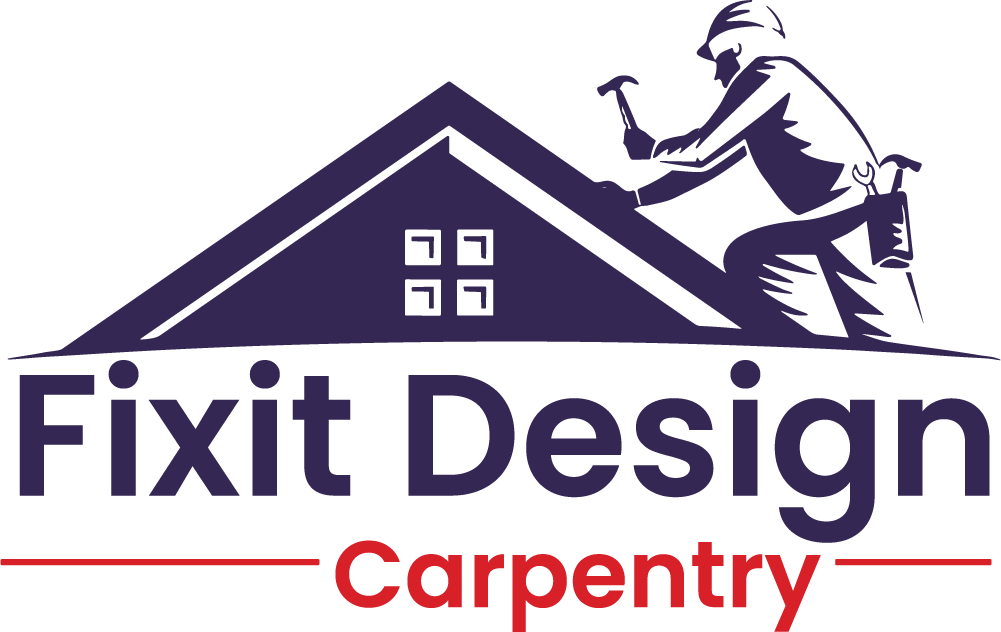Your gym is more than just a place to exercise; it’s a training ground, a community, and a sanctuary for your fitness journey. But the foundation of this space, literally and figuratively, is the gym flooring. The right flooring can make a world of difference in your workouts, impacting everything from safety and performance to aesthetics and noise control.
This comprehensive guide dives deep into the world of gym flooring, equipping you with the knowledge to choose the perfect surface for your specific needs.
Understanding Your Gym’s Needs (Gym Floor Types, Usage, and Budget)
The first step is to understand the type of gym you’re creating and its intended use. Here are some key factors to consider:
- Types of exercise: Will your gym focus on weightlifting, cardio, group fitness classes, or a combination? High-impact exercises like weightlifting require a resilient floor to absorb shock, while cardio may prioritize a smooth surface for easy movement.
- Foot traffic: Anticipate the expected number of users and the intensity of their workouts. Higher intensity and heavier weights demand a more durable floor.
- Budget: Gym flooring can range from cost-effective options like rubber tiles to premium interlocking mats.
Exploring the Top Gym Flooring Options
Now, let’s delve into the most popular gym flooring materials and their unique pros and cons:
- Rubber Tiles: A versatile and durable option, rubber tiles offer excellent shock absorption and sound dampening. They come in various thicknesses and interlocking styles for easy installation. However, rubber tiles can be susceptible to odor retention if not properly maintained.
- Interlocking Mats: These puzzle-like mats provide a comfortable and easy-to-clean surface, making them ideal for cardio areas and low-impact workouts. They offer a variety of colors and textures for customization. Consider the thickness and density for the level of impact absorption needed.
- Rolled Rubber Flooring: This seamless option is perfect for weightlifting areas due to its high impact absorption and durability. However, rolled rubber can be challenging to install and requires professional adhesive.
- Wood Flooring: Engineered wood flooring offers a stylish and natural aesthetic for fitness studios. It’s ideal for low-impact workouts like yoga or Pilates. However, wood flooring requires special care and maintenance to withstand moisture and wear.
- Vinyl Flooring: This budget-friendly option comes in a variety of colors and textures. It’s easy to clean and maintain, but offers minimal impact absorption. Not well-suited for heavy weightlifting.
LSI Keywords: exercise mats, weight room flooring, gym tiles, cardio flooring, studio flooring, impact resistant flooring, soundproofing gym flooring, gym flooring installation, gym flooring cost
Choosing the Right Thickness: A Crucial Factor
Gym flooring thickness plays a crucial role in impact absorption. Here’s a general guide:
- Low-impact areas (cardio, yoga): 3/8″ to 1/2″ thickness
- Medium-impact areas (circuit training): 1/2″ to ¾” thickness
- High-impact areas (weightlifting): ¾” to 1″ thickness
- Olympic weightlifting: Consider specialized platforms with additional padding
Important Note: Always check the manufacturer’s recommendations for intended use and weight capacity.
Beyond the Basics: Additional Considerations
While material and thickness are key, there are additional factors to consider:
- Surface Texture: Choose a non-slip texture for safety, especially in weightlifting areas.
- Aesthetics: Consider the overall design of your gym and choose a flooring option that complements the space.
- Ease of Maintenance: Choose a floor that’s easy to clean and maintain to ensure a hygienic environment.
- Warranty: Opt for flooring with a good warranty to ensure long-term investment protection.
Bonus Tip: For areas prone to heavy weightlifting, consider adding rubber stall mats on top of your main flooring for additional protection and noise reduction.
Conclusion: Building the Perfect Foundation for Your Fitness Goals
Choosing the right gym flooring lays the groundwork for a safe, effective, and enjoyable workout experience. By understanding your gym’s needs, exploring the available options, and considering thickness and additional factors, you can find the perfect surface that supports your fitness journey for years to come.
